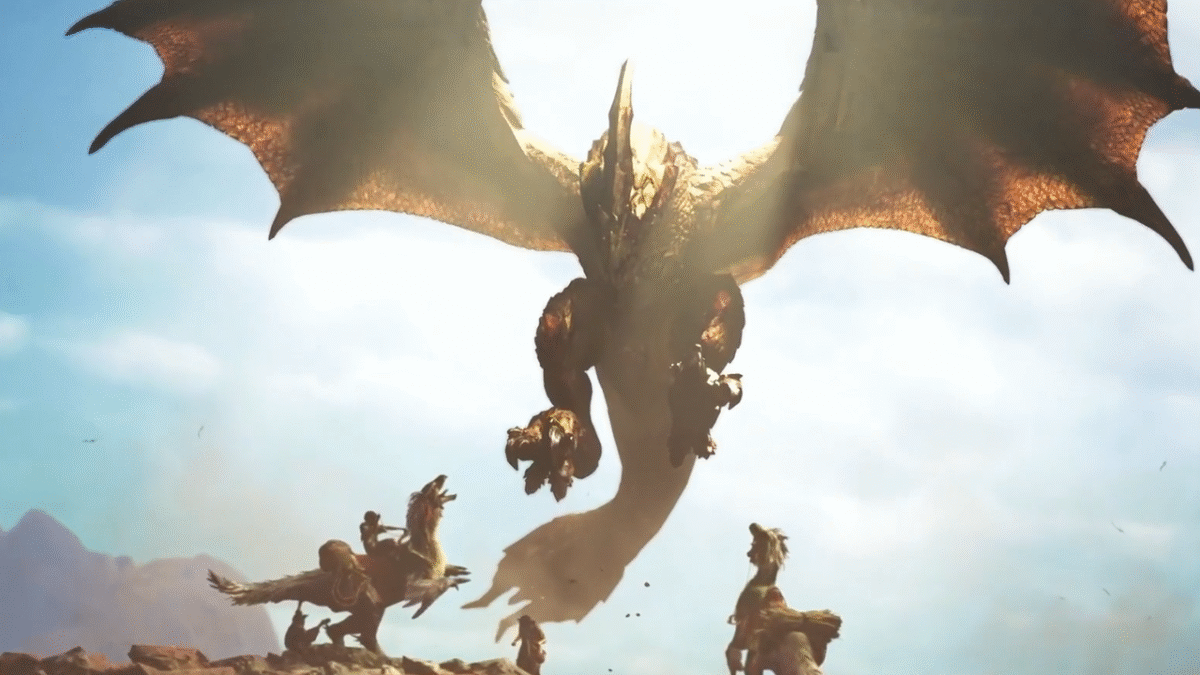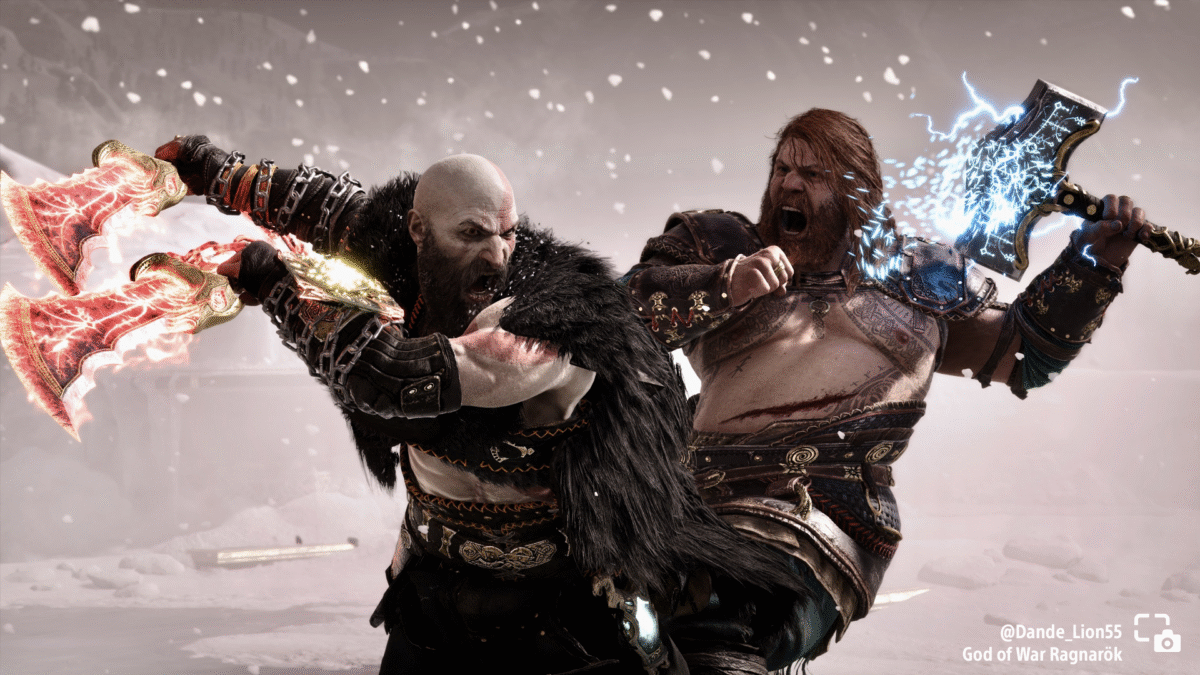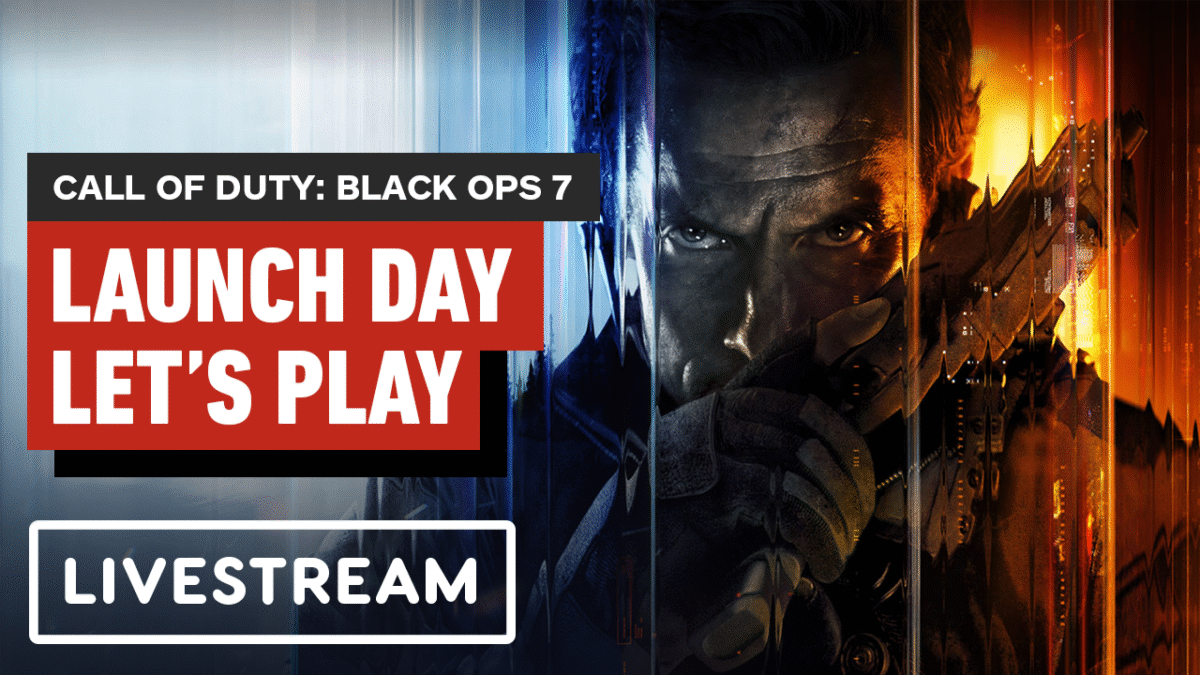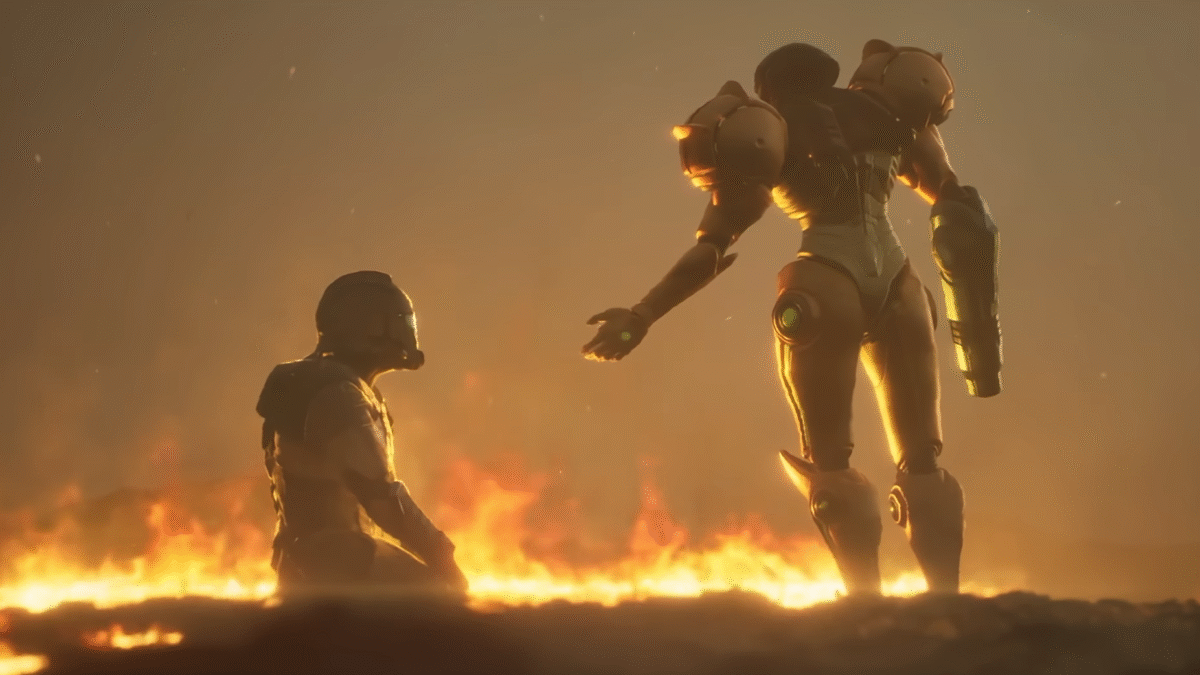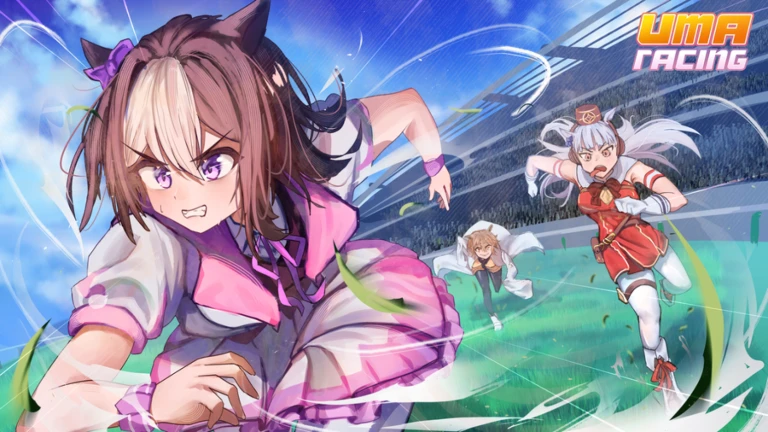
Magic: The Gathering is getting yet another big Secret Lair collab with a major video game series, and this time it’s Monster Hunter.
Announced today in a very odd press release, the Monster Hunter Secret Lair Superdrop will be available from December 1 at 9am PT to December 22 at 11:59pm PT, but only while supplies last, and these things tend to sell out pretty quick.
The collaboration includes four separate drops, each priced at $29.99, with a foil edition for $39.99. All cards involved are reprints of existing cards with Monster Hunter themes, nothing mechanically unique or new. The press release includes some basic information about each of the drops, titled respectively The Hunt, The Hunters, The Monsters, and The Monsters II, but no card images as of yet.
The Hunt focuses on non-creature spells, themed around “the terrifying attacks that monsters across the Monster Hunter franchise can unleash.” There is one spell of each color:
- 1x Blind Obedience: Malzeno from Monster Hunter Rise: Sunbreak
- 1x Snap: Kushala Daora from Monster Hunter 2
- 1x Village Rites: Magnamalo and Tobi-Kadachi from Monster Hunter Rise
- 1x Mizzium Mortars: Yian Garuga from Monster Hunter Generations and Monster Hunter 2
- 1x Tooth and Nail: Azure Rathalos and Seregios from Monster Hunter 4
The Hunters is, as it sounds, about the hunters themselves, with each card depicting a different set of armor and weapons and having the human creature subtype. As before, there’s one spell of each color:
- 1x Grand Abolisher: Tigrex Armor with Bone Scythes from Monster Hunter Generations and Monster Hunter Freedom 2
- 1x Archaeomancer: Velkhana Armor with Slinger and Winged Seraphyd Greatsword from Monster Hunter World: Iceborne
- 1x Grim Haruspex: Nargacuga Armor with a Hidden Eye Light Bowgun from Monster Hunter P2G/MHFU
- 1x Imperial Recruiter: Rathalos Armor with Red Tigrex Claws; Brachydios Armor with Burning Knocker; Gore Malaga Armor and Royal Rose from Monster Hunter 4G
- 1x Champion of Lambholt: Astalos Armor with Verdant Lightning Shield from Monster Hunter Generations.
The Monsters and The Monsters II are similarly self-explanatory, including the following monsters as legendary creatures. These are two different sets, but the press release is unclear exactly how these nine creatures will be split between them. IGN has reached out to Wizards of the Coast for comment on this and just generally on the confusing nature of this press release:
- Nezahal, Primal Tide: Lagiacrus from Monster Hunter 3
- Drakuseth, Maw of Flames: Rathalos from Monster Hunter Generations
- Sarulf, Realm Eater: Zinogre from Monster Hunter 3 Ultimate
- Vaevictis Asmadi, the Dire: Nergigante from Monster Hunter World
- Ziatora, the Incinerator: Fatalis from Monster Hunter World: Iceborne
- Razaketh, the Foulblooded: The Gore Malaga from Monster Hunter 4
- Amareth, the Lustrous: Velkhana from Monster Hunter World: Iceborne
- Wasitora, Nekorus Queen: Nargacuga from Monster Hunter Portable 2nd Generation/Monster Hunter Freedom Unite
- Kalamax, the Stormsire: Brachydios from Monster Hunter 3 Generations
It’s been a busy year for both Secret Lair and third-party Magic collabs in general, with some incredible Secret Lair card drops including Sonic, Final Fantasy, Deadpool, SpongeBob, The Office and more. We’re currently eagerly awaiting the release of the Avatar: The Last Airbender Universes Beyond set, following close on the heels of Marvel’s Spider-Man. Next year is looking equally stacked, with planned Universes Beyond sets featuring TMNT, The Hobbit, Marvel, and Star Trek. It’s too many cards. Please, slow down.
Rebekah Valentine is a senior reporter for IGN. You can find her posting on BlueSky @duckvalentine.bsky.social. Got a story tip? Send it to rvalentine@ign.com.

